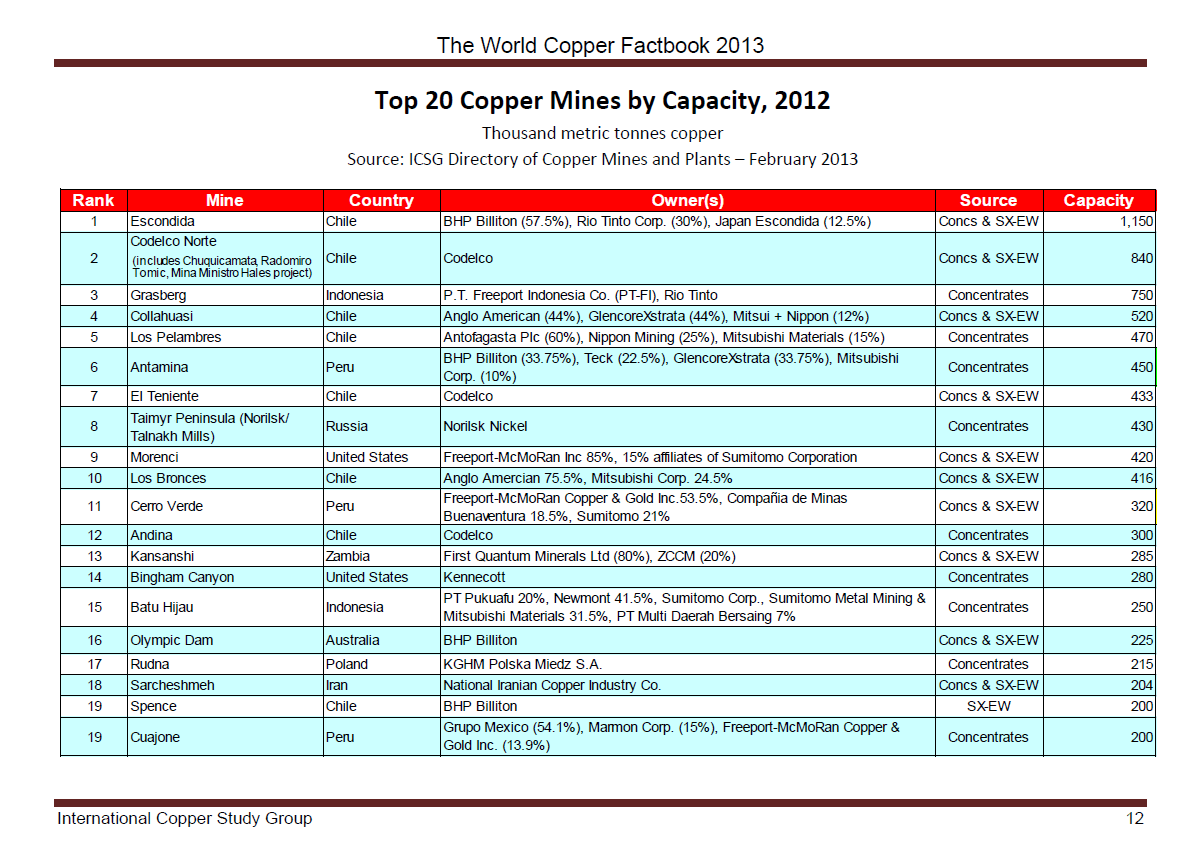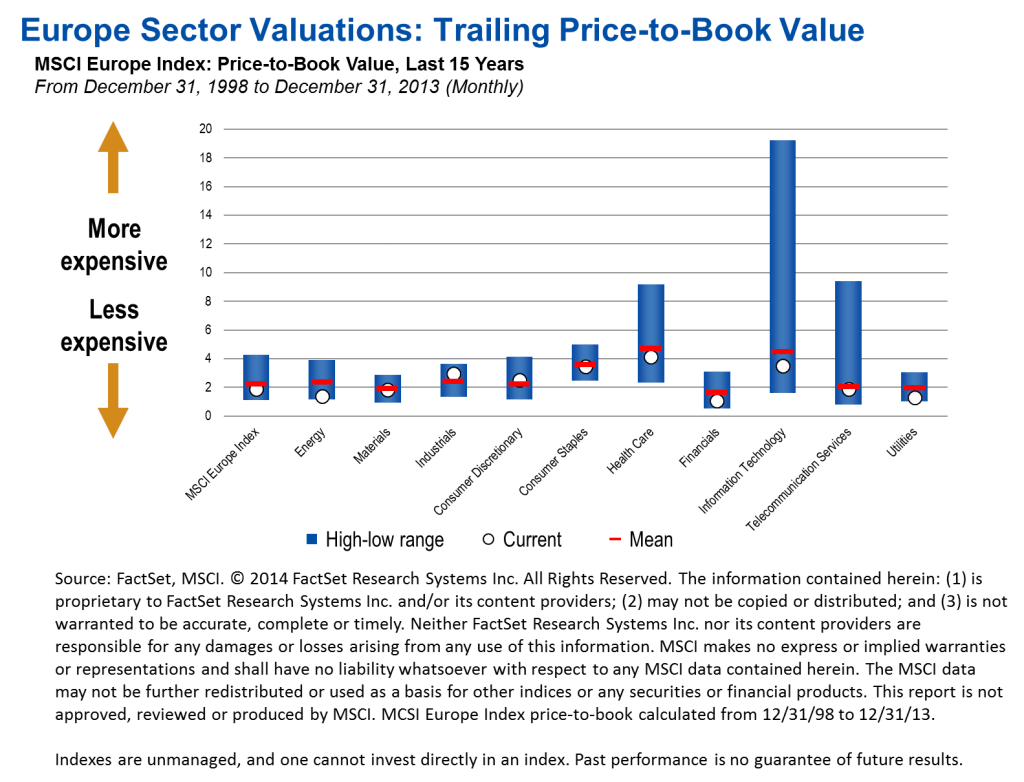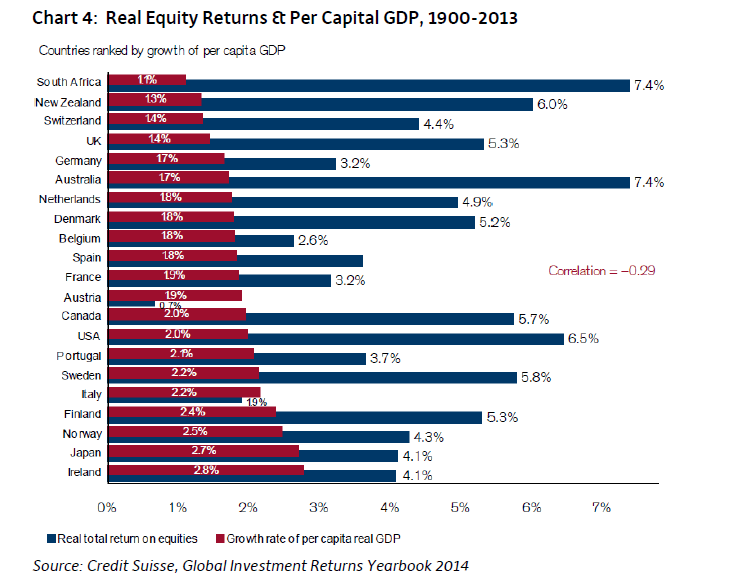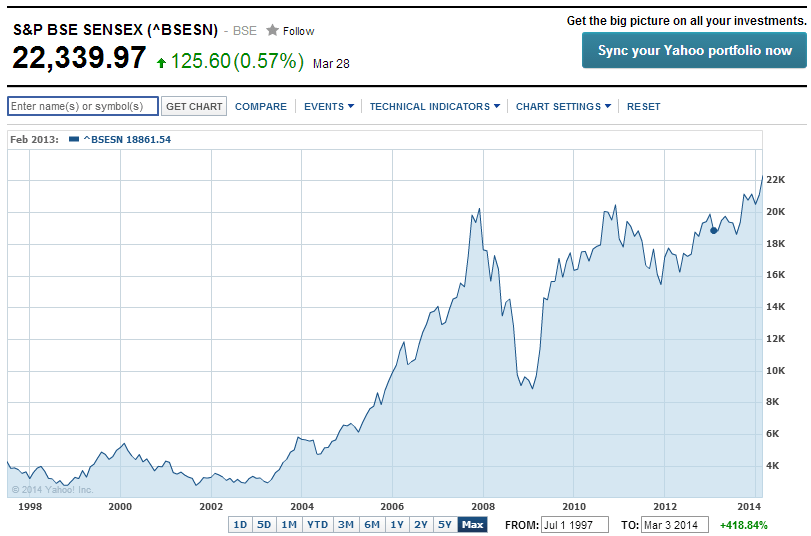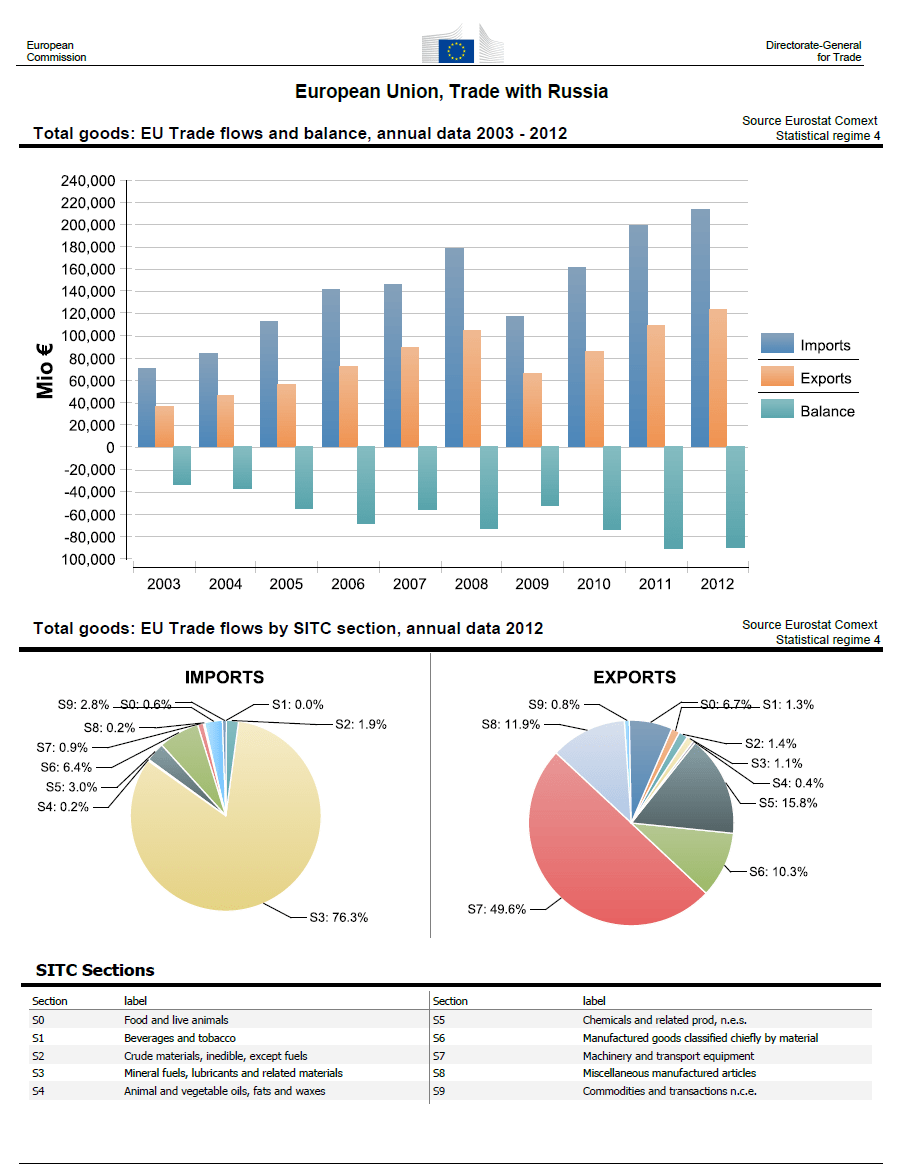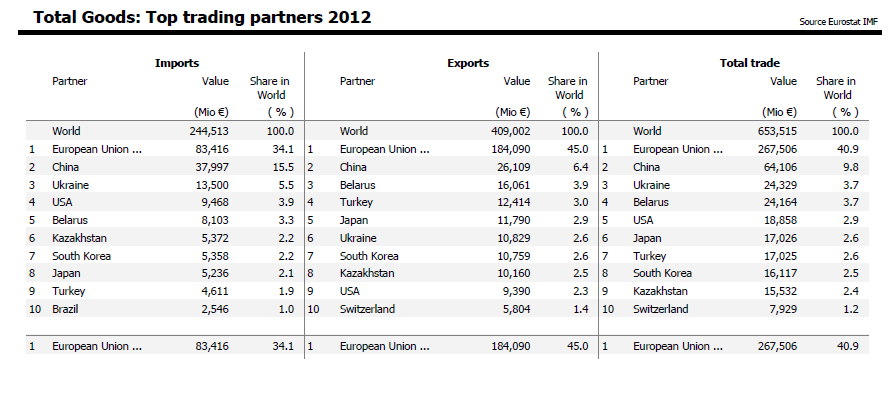Capitalism is making way for the age of free (Guardian)
Star managers warn over rush into Europe (Trustnet)
Is Russia too risky to buy now? What about China? (MoneyWeek)
Shiozumi: Japan isn’t even halfway through its bull market (CityWire)
European banks’ results: The long and winding road (DB Reseeach)
Gen Y: Don’t believe the hype on home ownership (The Globe and Mail)
The race to be Canada’s first $1-trillion bank (Maclean’s)
The Importance of Tax-Efficient Investing (Charles Schwab)
Source: Copper Development Association
